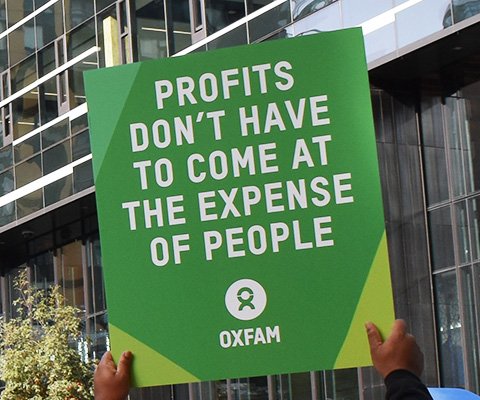Oxfam’s Best States to Work index shines a light on the best and worst states for working families in 2025. In its seventh edition, we take a fresh look at where states across the country are raising wages, strengthening worker protections, and defending the right to organize—and where some are selling workers short. Our 2025 index also highlights where states are rolling back labor protections for children–a shocking new development over the last few years.
Working families—no matter where they live—deserve support to thrive. But as Congress fails to pass legislation, geographic inequality is growing and access to fundamental rights and decent wages increasingly depends on where you call home. And the costs of this reality do not fall equally on all communities; these policy gaps actually worsen inequality across lines of gender, race, and class.
Find out more in our 2025 report | View the 2025 map for working women
Last updated: August 28, 2025
